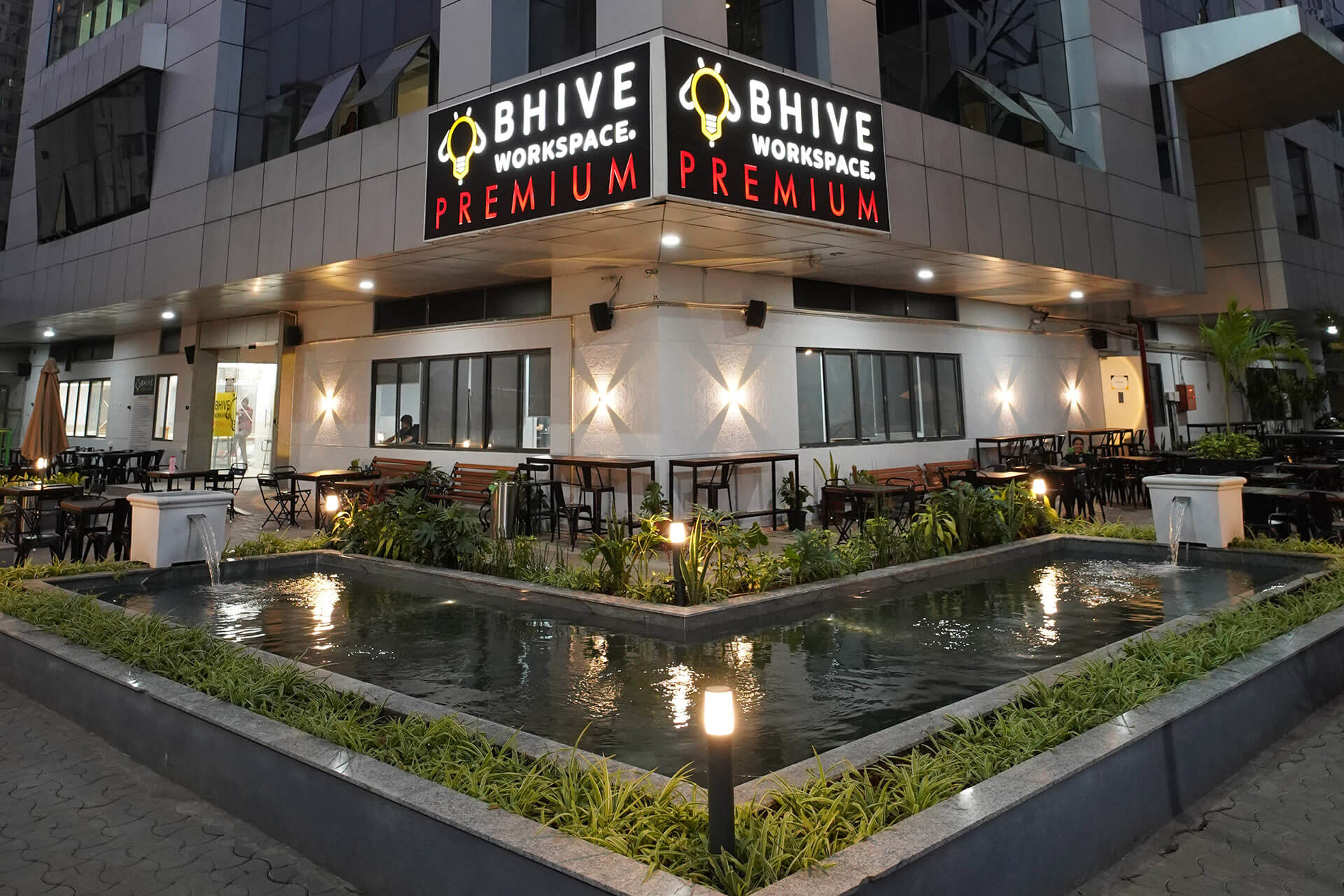E - PAPER
Real Estate Will Re-Emerge Post-COVID
Ved Parkash Dudeja, Vice Chairman – Rail Land Development Authority. The ongoing COVID-19 crisis has stoked apprehensions of an adverse health impact as well as that of an economic slowdown. Speculations abound that it may take three to four years to revive the
 BY
Realty Plus
BY
Realty Plus
Published - Thursday, 08 Oct, 2020

Ved Parkash Dudeja, Vice Chairman – Rail Land Development Authority.
The ongoing COVID-19 crisis has stoked apprehensions of an adverse health impact as well as that of an economic slowdown. Speculations abound that it may take three to four years to revive the economy to the pre-COVID-19 level.
The real estate segment presents a gloomy picture with commercial deals stalled, new launches deferred, and sales dented due to the shutdown of retail outlets. However, a major aspect overlooked in public discourse is that the COVID-19 is only a temporary phase and the economy will revive owing to a huge pent-up demand once the lockdown is lifted.
That said, Indian real estate firms need to go back to the drawing board and devise out-of-the-box solutions to stay afloat amid the COVID-19 crisis. Agility and flexibility will be the key to survival. Developers who reposition their business models from a realistic angle will have an edge in the market.
Experts are unanimous in the view that commercial real estate and urban warehousing will be the key drivers for reviving demand in real estate. This segment has emerged as a preferred asset class for investors in the past few years. In the first three quarters of 2019 alone, real estate attracted private equity investments worth approximately USD 3.8 billion led by commercial segment.
The demand for urban micro warehousing is likely to pick up pace post Covid-19, as online shopping has become a new normal. The e-retail companies aim to reduce the delivery time drastically and they are targeting the street shop-keepers to use their platforms so as to increase penetration. This will boost demand for urban micro-warehousing across the country.
Demand for storage of white goods near to the consumer markets will also pick-up, as the e-commerce companies target to reduce the delivery time from a few days at present to a few hours. This trend is expected to continue against the backdrop of falling crude oil prices that will accentuate the prospects of investment in commercial real estate.
In the residential segment, developers have resorted to novel ways to sustain the momentum such as 50% staff attendance, adoption of social distancing measures at construction sites, use of pre-engineered structures, machine-based processing, use of emerging technologies such as Artificial Intelligence, Virtual Reality among others.
Going forward, technology will continue to disrupt the segment and aid in developers’ efforts to offer curated experiences to customers. Equally important will be the various design interventions to adapt to the COVID-19 scenario.
Overall safety, sustainability and wellness measures will be the key focus in the upcoming residential projects. The COVID-19 pandemic has fuelled the need of natural ventilation through architectural design to ensure good indoor air quality and health of residents. It has also necessitated entry protocols to minimize the risk of infection.
The concept of Anteroom which acts as a buffer zone between entrance and living areas will become a norm. Voice automated controls instead of touchscreens, use of UV light technology in air-conditioning systems, provision of rainwater harvesting, and kitchen garden are expected to emerge as post COVID-19 trends. With Work from Home (WFH) emerging as the new normal, consumers are likely to seek residential units equipped with office workspace.
The COVID-19 crisis will also re-pivot consumers’ focus towards residential units located on outskirts of cities to gain more built-up area in a less cost. Self-sufficient neighbourhoods equipped with shopping areas and daily amenities such as grocery shops to offer convenience to residents, will gain prominence.
In the wake of the disruption of global supply chains, developers will increasingly seek alternative suppliers and devise a comprehensive backup model to overcome roadblocks. The role of risk mitigation through robust data analytics will become increasingly relevant to developers.
Amid allegations of China being the epicentre of the pandemic, this is a suitable time for India to leverage the opportunity and position itself as the next manufacturing hub. The investment climate in Indian real estate has been largely favourable in the past few years if statistics are anything to go by. Bolstered by new and innovative entry models along with ease of doing business, numerous institutional players have set up shop in India.
The real estate industry should tap new avenues and scale up their production capacity to reduce dependence on imported raw materials such as steel bars, heavy machinery among others.
The downward trajectory of markets in the US and Europe has brightened the prospects of NRIs to consider investing in real estate in their homeland. The depreciating Indian rupee and bleak prospects of return on investment in gold and fixed deposits may further push NRIs to consider investing in the real estate sector.
The ongoing COVID-19 crisis has also presented an opportunity for course correction, upgradation as well as a consolidation of business practices across the entire real estate industry. It is an opportunity in disguise for the Indian economy. Much, however, hinges on our ability to tap it to the maximum.
RELATED STORY VIEW MORE
NEWS LETTER
Subscribe for our news letter
E - PAPER
-

CURRENT MONTH 
LAST MONTH















